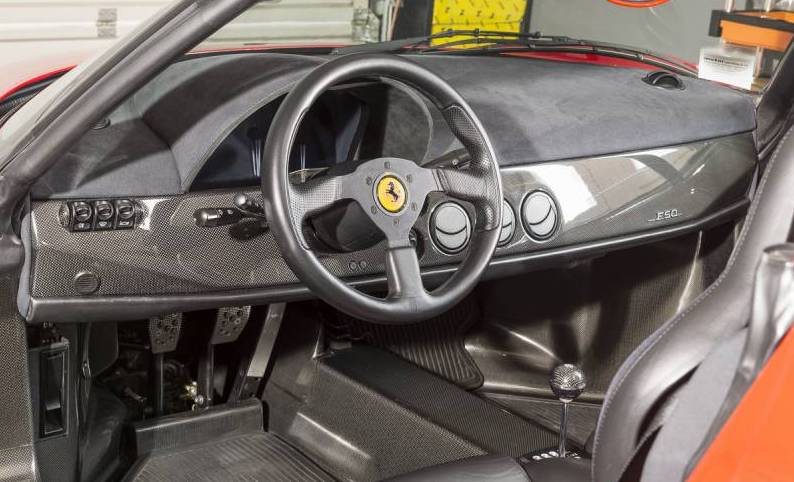In a bold paradox, one could argue that built created one of the most beautiful cars in history, not an engineering design but a musical score! Indeed, the roar of the Ferrari F50, especially to the enthusiast’s ears, is a melodic symphonic tale narrating the manufacturing experience of a luxurious Italian product.

The original idea was conceived in 1985 by the then Ferrari Chairman, Luca Cordero di Montezemolo, and his deputy Piero Ferrari, in order to relaunch the famous Modenese company on the high-end road car market and to find a brilliant economic solution to the technical changes required by the FIA, the International Automobile Federation, which obliged Formula 1 teams to replace 12-cylinder engines (V12) with 10-cylinder engines (V10).

The project, very innovative at the time, was to celebrate the 50th anniversary of Ferrari’s founding by producing a spider car with the most luxurious accessories inside and, as engines, the “old” V12 racing engines lying unused in the warehouses. Commercial requirements brought forward the car’s unveiling to 1995, a full two years before the official anniversary, which also characterized the F50.

As part of the sales “launch”, it was strategic to produce a small number of cars at a very high price: 349 units, in homage to the Drake’s (Enzo Ferrari, the founder of the Maranello company) wish to reduce by one the number of cars potentially demanded by the market, for a list price of 852,800,000 lire (a considerable amount even today, if updated in Euros).

Both characteristics were, after all, in line with the fundamental law of demand, according to which the rarer a good is, the higher its selling price will be. Expectations went well beyond the average, as bookings even had to be capped, and the F50 was subsequently so desired around the world that it was even the subject of sensational theft. The first car was bought by Mike Tyson, the famous boxing champion, and the next by Diego Armando Maradona, Argentina’s tightrope walker.

Technological innovations derived directly from Formula 1 cars, the classic plastic and appealing shapes of Pininfarina’s bodywork. An effective marketing strategy and an internationally recognized trademark among the most prestigious contributed to the success of an object so precious and prestigious that it became a mythological boast of Italian industriousness in the world.

Article edit by Roberto Castellucci

